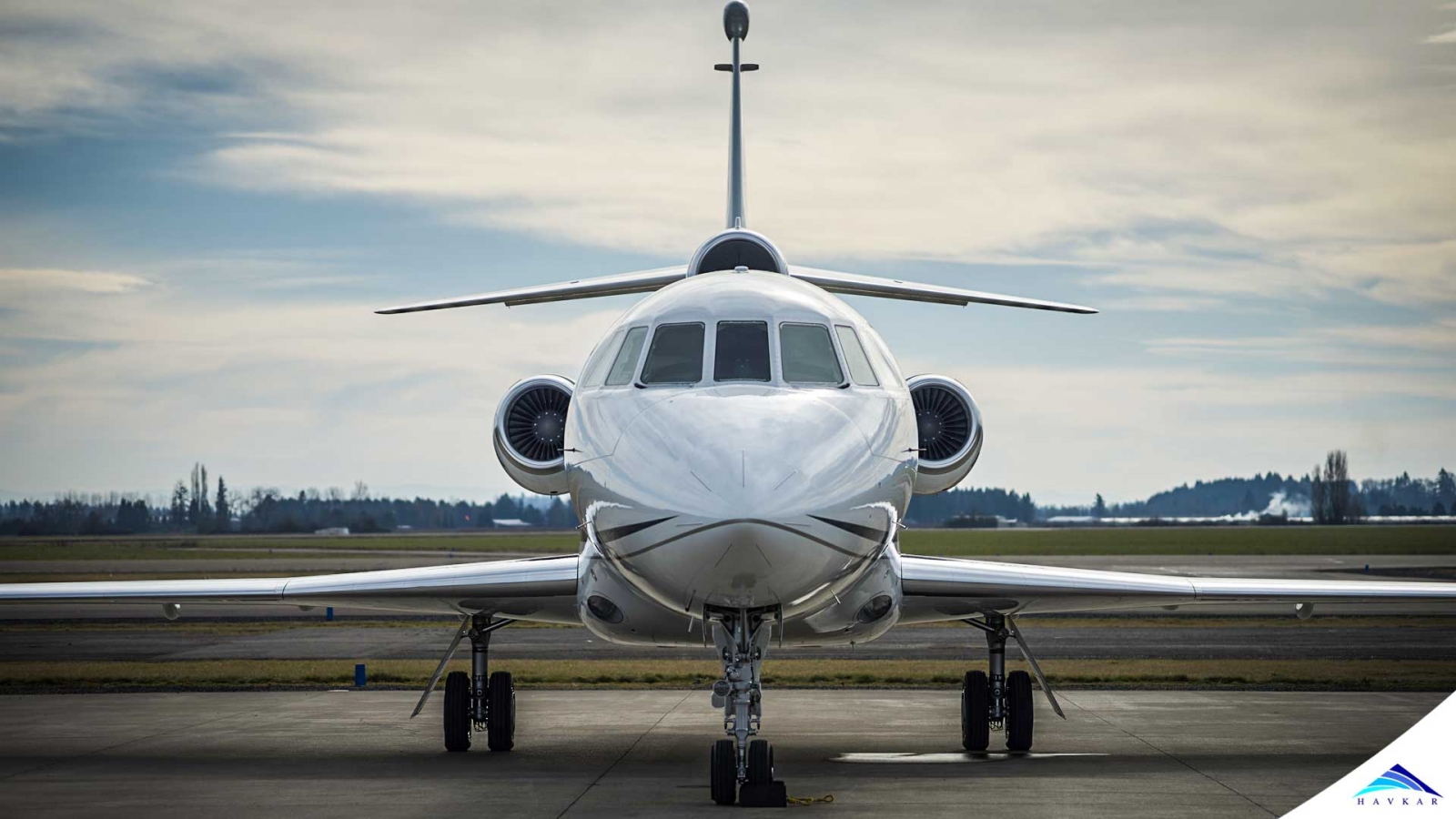
There is a wider variety of private aircraft types, and differences between them are much more significant, when compared to commercial aircraft used by traditional airliners. First time users often believe that seating capacity can be a sufficient criterion to make a proper aircraft selection for a private flight. They lack understanding that small, short-range jets can be a comfortable option only for short sectors.
Lower speed of light jets and necessity to refuel while enroute, may extend total trip time significantly. With passengers stuck in a small, non stand up cabin, without a proper lavatory and a hot galley, such flights don’t really sound like a VIP experience. To prevent disappointments, most of business jet operators, try to educate their new customers, and make them understand the differences between aircraft types and how they can affect their travel comfort.
There are hundreds of private business aircraft models available today. They can be categorised based on engine type, weight, cabin space and range into: Turboprops, Very Light Jets, Light Jets, Mid-Sized Jets, Heavy Jets and Executive Airliners.
Turboprops; are the most popular for regional movements, as they can access runways that are often too short or unsuitable for jet engine aircraft, and are more fuel-efficient and therefore more cost-effective for shorter distances. Turboprops are often perceived as noisy and slow; however newer turboprops are getting faster and quieter with pressurised passenger cabins. The best known in this category are Beechcraft King Air 200 and Pilatus PC-12, which can usually seat between 7 and 11 people in different configurations.
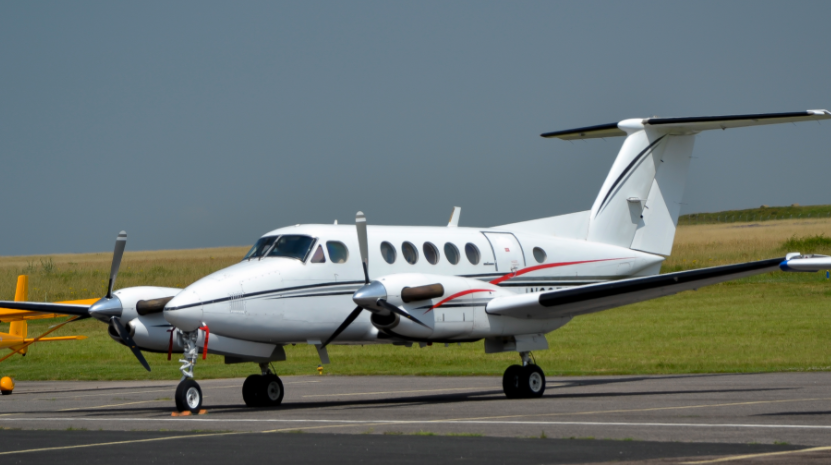
Very Light Jets; mainly offer an alternative to turboprop aircraft for short flights of up to 2 hours for maximum 4 passengers with light baggage. More economical than light jets and able to operate from shorter runways, they are popular to use as a point-to-point air taxi, such as offered by Air France – KLM in partnership with Wijet, operating Cessna Citation Mustang fleet combined with airlines’ regular flights.
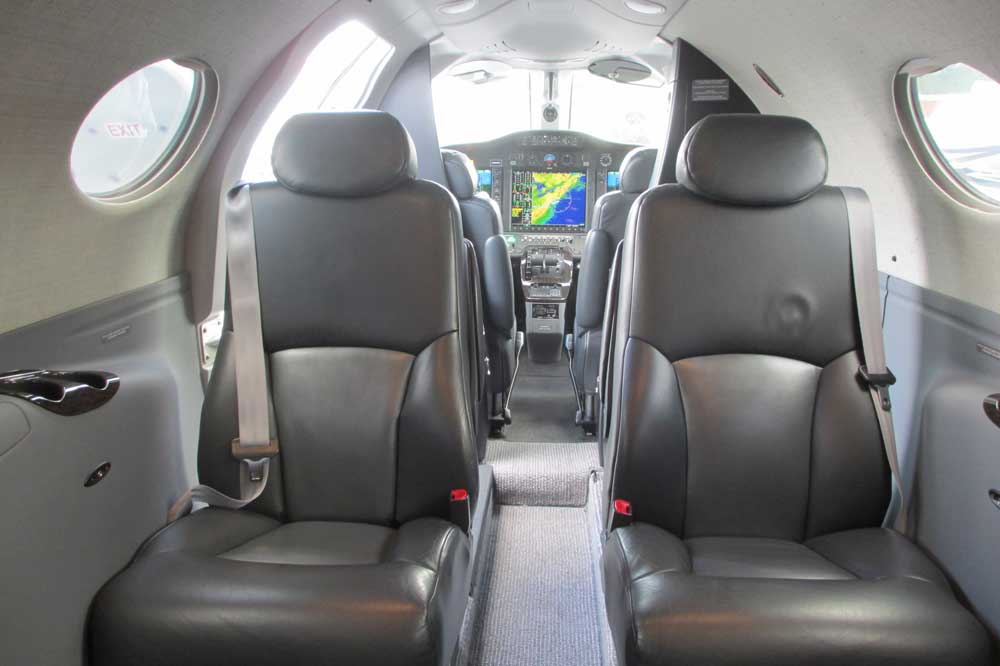
Light Jets; are the most cost efficient option for 2-3 hour sectors with up to 6 passengers. They are economical but usually not comfortable enough for more demanding passengers due to small, non stand-up cabin, without a separate lavatory. The light jet class was pioneered by the Learjet 23, introduced in 1964. Another successful manufacturer of this category is Cessna, which was initially known mainly for making small piston and turboprop aircraft.

Mid-Sized Jets; usually offer stand up cabin and are equipped with more ample luggage compartments, fold out divans and enclosed bathrooms. The world’s best-selling private jet Citation XL/XLS/XLS+ belongs to this category, offering the most cost-effective midsize cabin.
The latest member of the family, Citation X+, is the undisputed king of speed, with max speed at mach .935.
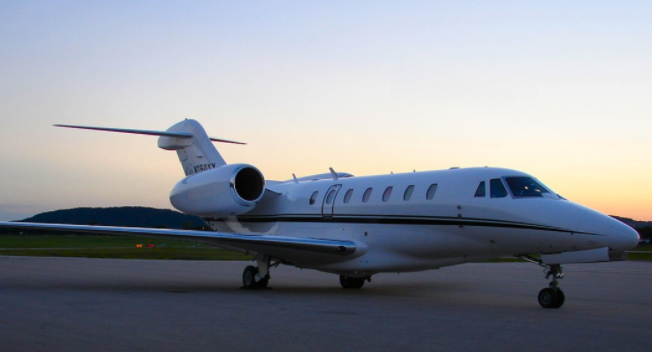
Another popular manufacturer of this class aircraft is Bombardier Aerospace, which introduced the largest super-midsize jet Challenger 800, based on their commuter 50-seater CRJ-200LR. The updated version of this aircraft: Challenger 850 was offered by Beyonce to Jay-Z as a Father's Day present.
Heavy Jets; come in two categories: standard heavy jets and ultra-long range heavy jets. Heavy jets have spacious stand-up cabins and baggage capacity, enclosed bathrooms and day / night configuration with fully flat beds, and also well-equipped galley to allow the cabin crew to provide hot and cold catering.
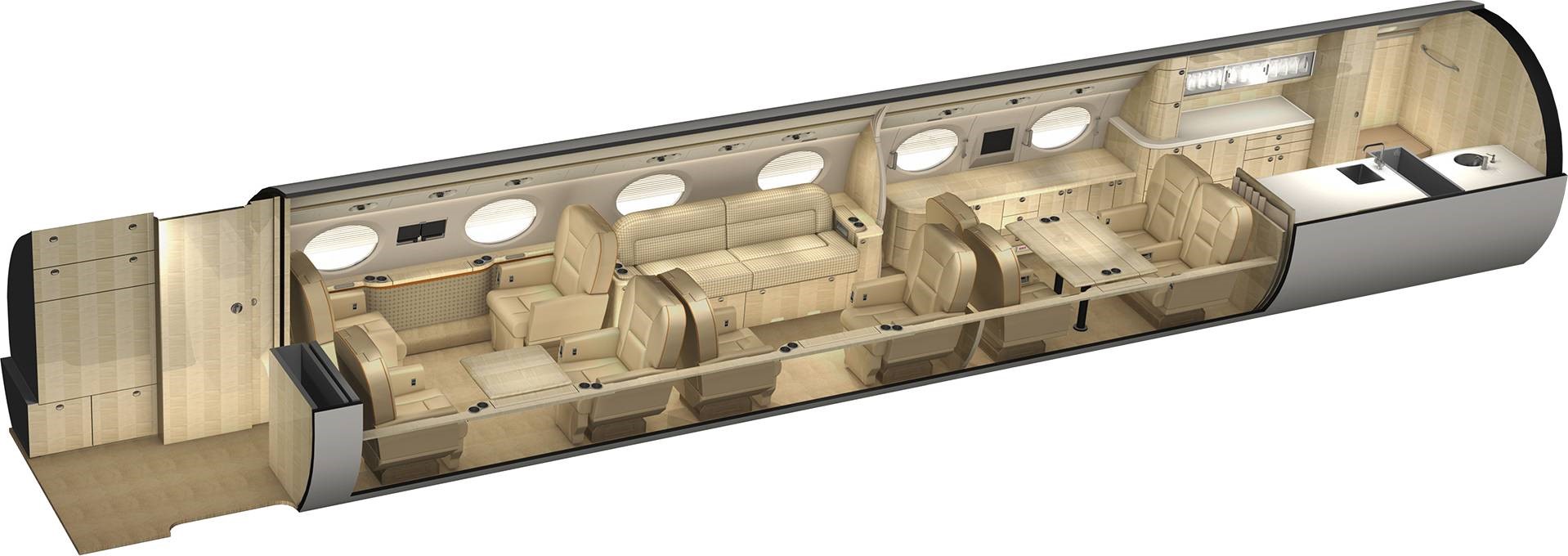
The most famous heavy jet manufacturer is undoubtedly Gulfstream Aerospace, which produced the first ultra long range jet GV (G5). Their recent, legendary G650ER is the world’s fastest and furthest business jet extends the non-stop reach to 7,500 nautical miles (13,890 kilometres). The aircraft features the largest in the industry panoramic windows, digital audio and high definition video equipment and 26-inch widescreen televisions. Gulfstream's competitors, Bombardier Aerospace also provide exceptional comfort for long transoceanic flights with their Global Express and Global 6000, including fully-flat bed seating, separate lounge and bedroom and two bathrooms.
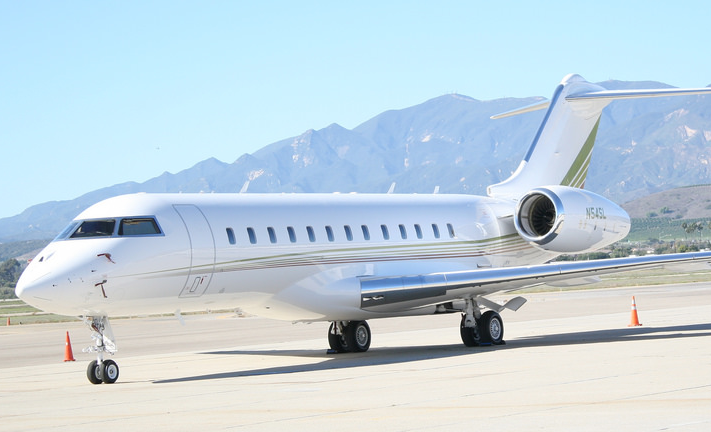
Global Express is a popular choice in Hollywood and is owned by such celebrities as Oprah Winfrey, Celine Dion, and Steven Spielberg.
Another player in this market, Brazilian manufacturer Embraer was successful and cost-effective for buyers with its Legacy 600, based on an existing airliner frame Embraer 135, which normally is configured with 20-37 seats. The list of the main heavy jets manufacturers cannot be closed without mentioning headquartered in Paris, Dassault Aviation with their Falcon 7X and 8X, impressive not only because of their elegance but also long range.
Executive Airliners; are the ultimate in convenience, luxury and comfort aircraft for private jet travel, which can contain fully equipped bedrooms, private suites and bathrooms with showers. They are not designed for shorter routes because of their high operating costs. Popular models of VIP Airliners include Boeing’s BBJ, Airbus’ A318 Ellite, A319CJ, A320 Prestige and Embraer’s Lineage 1000. The Boeing Business Jet (BBJ), Boeing's production private jet, developed as a business version from the company's commercial variant, the Boeing 737-700, followed by BBJ2 based on Boeing 737-800 and BBJ3 on Boeing 737-800. BBJs may have different cabin layouts, divided into several separate compartments and are usually equipped with a master bedroom, a bathroom with shower, a meeting room and an office. There is also a number of Executive Airliners that have been converted from commercial planes into VIP versions, with all business class seating, private suits and separate bedrooms.
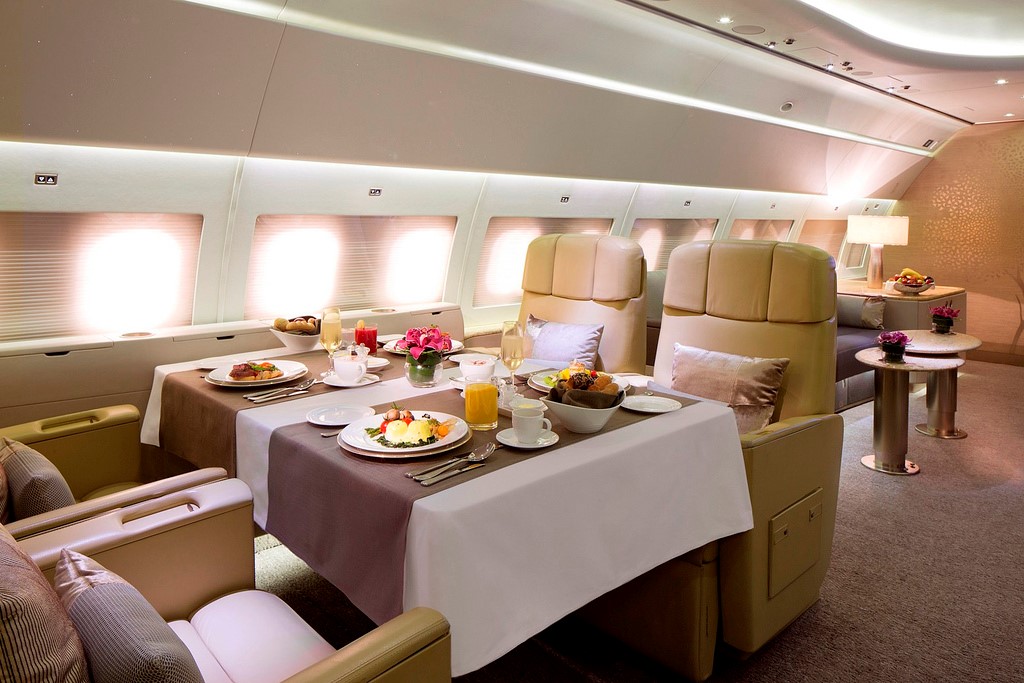
With the variety of aircraft options, it may be much easier to charter a suitable aircraft for every trip, rather than to purchase one and be stuck with inability to operate a heavy jet to an airport with a short runway, or with a prospect of 4 fuel stops enroute with a light jet. Unless one can afford both of these aircraft types at the same time, or – a few others as well, as in case of John Travolta, who is also an experienced pilot himself. Considering he has also access to two privately owned runways, his air travel cannot get any more independent